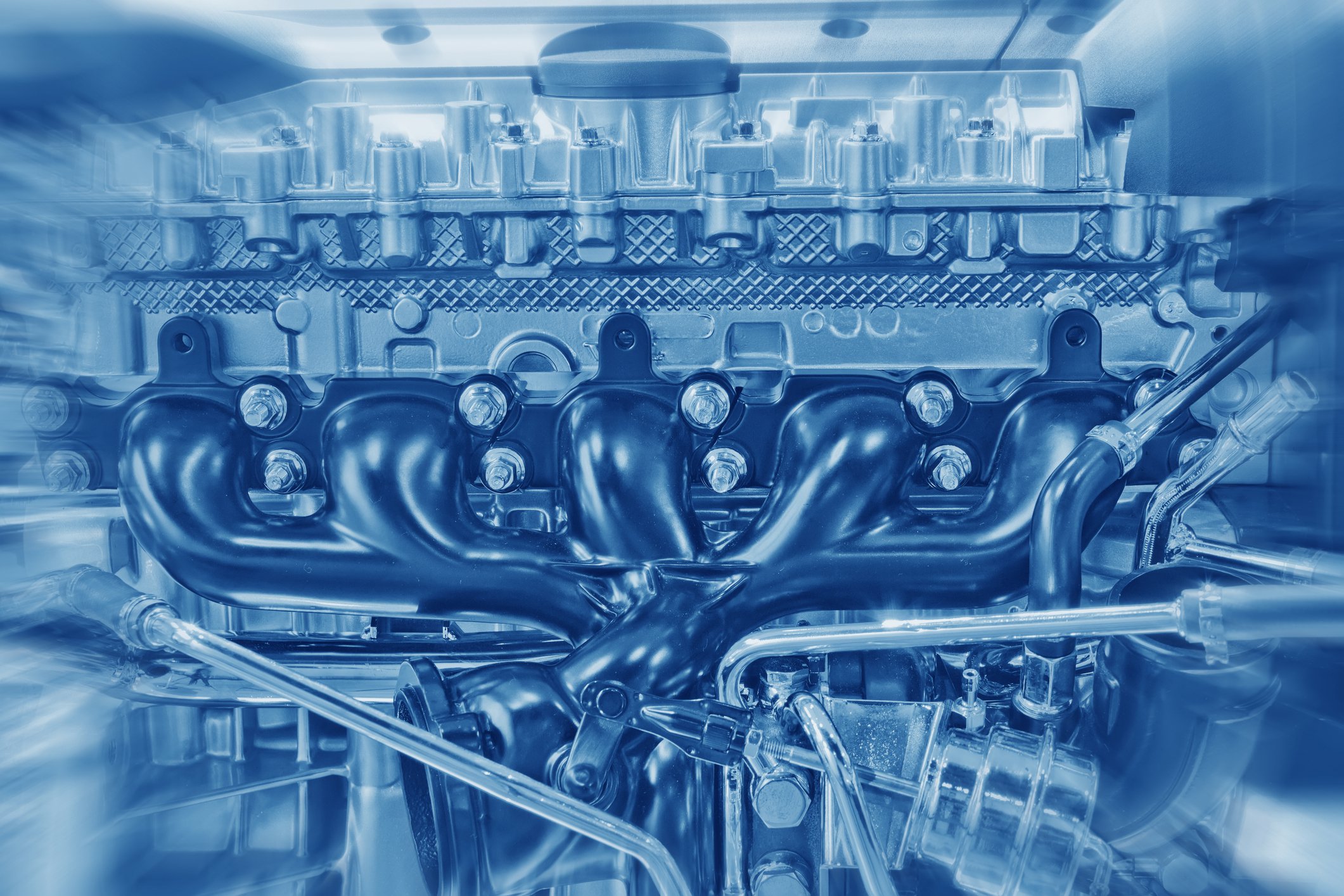The Reasons Behind Lighter Viscosity Oil

Reasons Behind The Evolution To Lighter Viscosity Oils
Today’s automotive OEMs are evolving engine designs in a push to develop smaller engines that can generate more power while improving fuel efficiency and reducing emissions. This is a continued, natural progression from CAFE (Corporate Average Fuel Economy) regulations set by the U.S. government decades ago. It’s also in reaction to consumers who want and expect the best of all worlds.
Ultimately, the success of this effort relies on the ability to reduce internal fluid friction, so engine components can move more swiftly and effortlessly with less oil flow resistance. If oil is too thick, it requires more force to push it through the powertrain. However, if it’s too thin, it may not provide a strong enough film barrier to protect metal-to-metal friction and to lubricate engine components adequately.
Solving a product development dilemma
The inherent oil viscosity conflict has initiated the development of a new generation of oils that are at the same time both thinner and stronger. This evolutionary shift has prompted trusted industry organizations, such as ILSAC, API and SAE to work on new specifications and grades for a new category of engine oils.
Technology breakthrough
MAG 1® was among the first to respond to this challenge and meet the new standards. It features exclusive FMX® Technology – Friction Management for Xtreme Protection™. Based on the science of advanced additives and fortified by a new generation molecular structure, MAG 1 motor oil provides a very powerful, anti-wear film barrier.
Heat from extreme engine loads triggers a chemical reaction that transforms the oil molecules and causes them to bond tightly into a multi-layered, friction-fighting mesh. This creates a powerful shield that’s designed to protect against metal-to-metal contact of rotating parts. At the same time, this lighter viscosity oil protects as well as thicker oils of the past.
